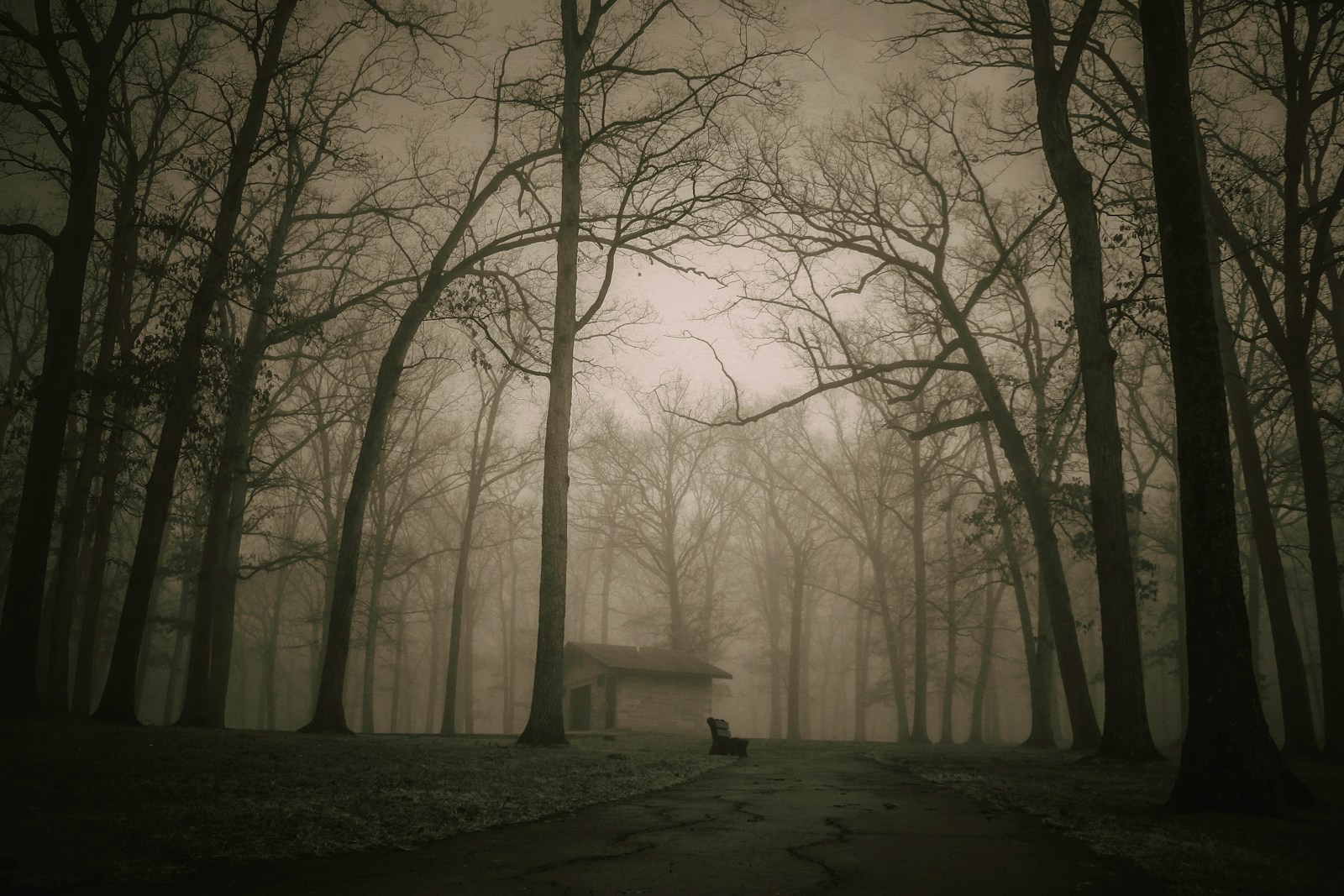America’s national parks are treasured for their breathtaking landscapes and natural wonders, drawing millions of visitors each year to experience their pristine beauty. Yet beneath the spectacular vistas and serene wilderness, these protected lands harbor darker narratives – tales of mysterious disappearances, ghostly encounters, and unexplained phenomena that have become woven into their cultural fabric. From Yellowstone’s whispered legends to the eerie apparitions reported in Great Smoky Mountains, these parks serve as backdrops for some of America’s most chilling folklore. These stories aren’t merely campfire tales to frighten tourists; they reflect the complex relationship between humans and these wild places, often stemming from tragic historical events, cultural beliefs of indigenous peoples who first inhabited these lands, or simply the profound psychological impact of nature’s overwhelming power. As we explore these legends, we venture into the shadowy side of America’s most beloved natural treasures.
The Haunting of Yosemite’s Ahwahnee Hotel
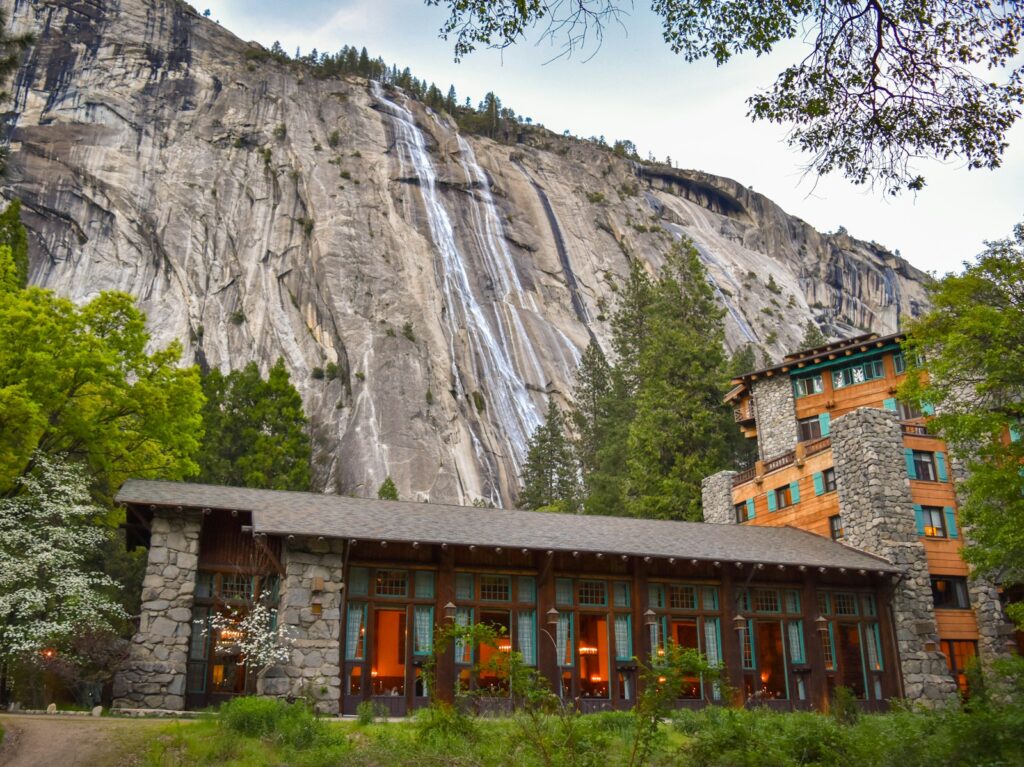
The majestic Ahwahnee Hotel, with its grand stone façade and luxurious interior, stands as one of Yosemite National Park’s most recognizable landmarks, but it’s also home to numerous reported paranormal activities. Guests and staff have described encounters with the “Ahwahnee Ghost,” believed to be the spirit of Mary Curry Tresidder, who once managed the hotel and seems reluctant to leave her beloved establishment. Visitors report seeing a woman in 1920s attire walking the hallways before vanishing into thin air, while others describe inexplicable cold spots, objects moving without explanation, and lights turning on and off without human intervention. The hotel’s third floor appears particularly active, with numerous guests reporting the sounds of parties and conversation emanating from empty rooms. Park rangers acknowledge these reports with a mixture of skepticism and respect, noting that the hotel’s rich history – including its time serving as a naval hospital during World War II – provides ample backdrop for such supernatural narratives to take root and flourish.
The Lost Children of Great Smoky Mountains
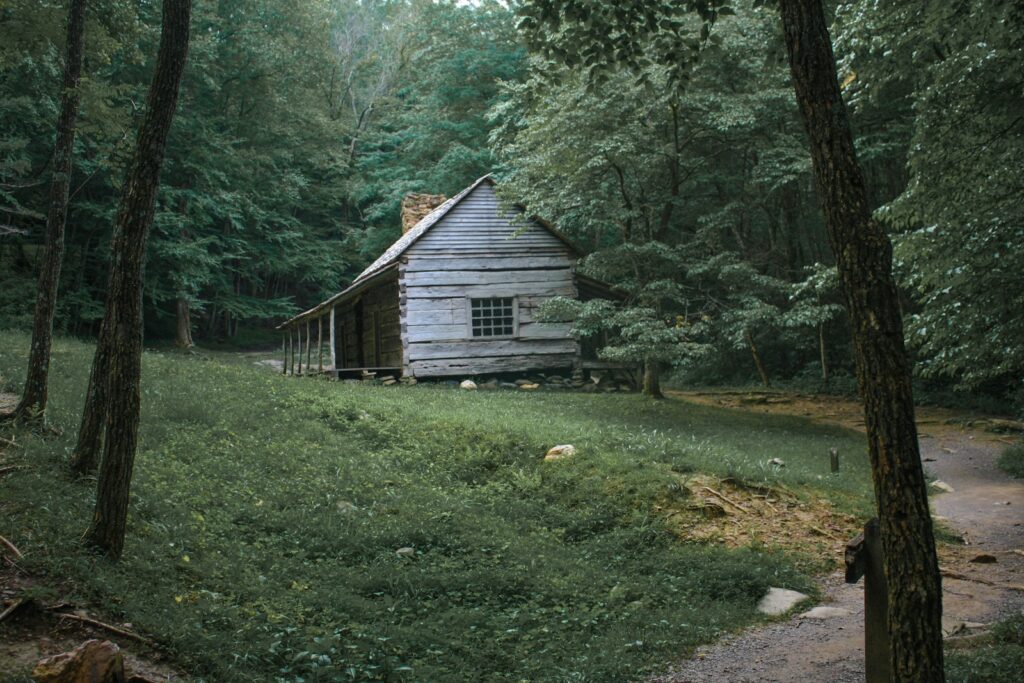
Great Smoky Mountains National Park, straddling Tennessee and North Carolina, harbors one of America’s most heartbreaking spectral legends – the story of the lost children of Greenbriar. According to local lore, sometime in the early 1900s, a group of schoolchildren disappeared during an educational outing in the forest, never to return despite extensive searches. Today, hikers and campers report hearing childish laughter and singing echoing through certain areas of the forest, particularly near dusk when visibility begins to fade. Some visitors claim to have spotted small figures darting between trees, dressed in antiquated clothing, who vanish when approached. Park rangers have received dozens of documented reports from rational, sober adults who claim to have heard a child calling for help, only to find no one when they investigated. The legend has become so pervasive that some areas of the park have developed reputations as hot spots for paranormal activity, with even skeptical rangers admitting that certain locations seem to carry an inexplicable heaviness that affects even those unaware of the stories.
Yellowstone’s Vengeful Spirits
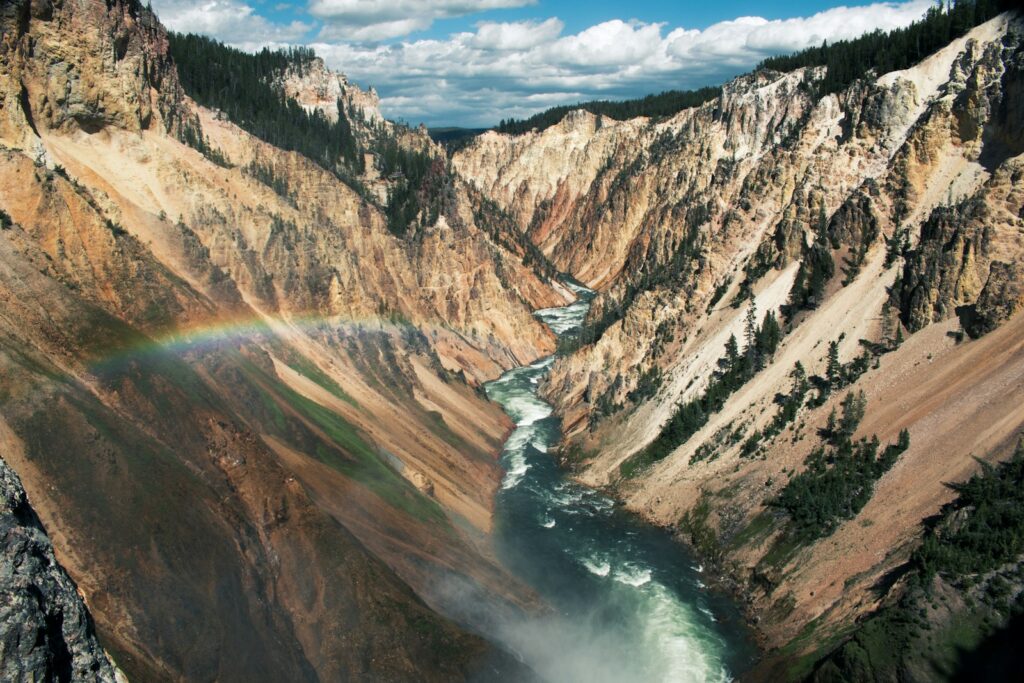
Yellowstone, America’s first national park, is rich with indigenous history and sacred significance, making it ripe for supernatural lore connected to its native heritage. Many tribes, including the Blackfeet, Shoshone, and Crow, considered the geothermal features of the park to be portals to the spirit world, with the bubbling pools and geysers representing the breath of ancestors. Modern visitors have reported encounters with spectral indigenous figures near thermal features, particularly around areas where historical conflicts occurred between tribes or with early European explorers. The Obsidian Cliff area has generated numerous accounts of visitors feeling watched or followed, with some reporting glimpses of figures in traditional Native American dress that disappear when directly observed. Park historians note that these legends often contain kernels of historical truth – many indigenous people did indeed die defending their sacred lands from encroachment. Some indigenous elders maintain that the spirits remain as guardians of the land, occasionally manifesting to remind visitors that they tread on ground that remains spiritually significant to many tribes to this day.
The Missing 411 Phenomenon
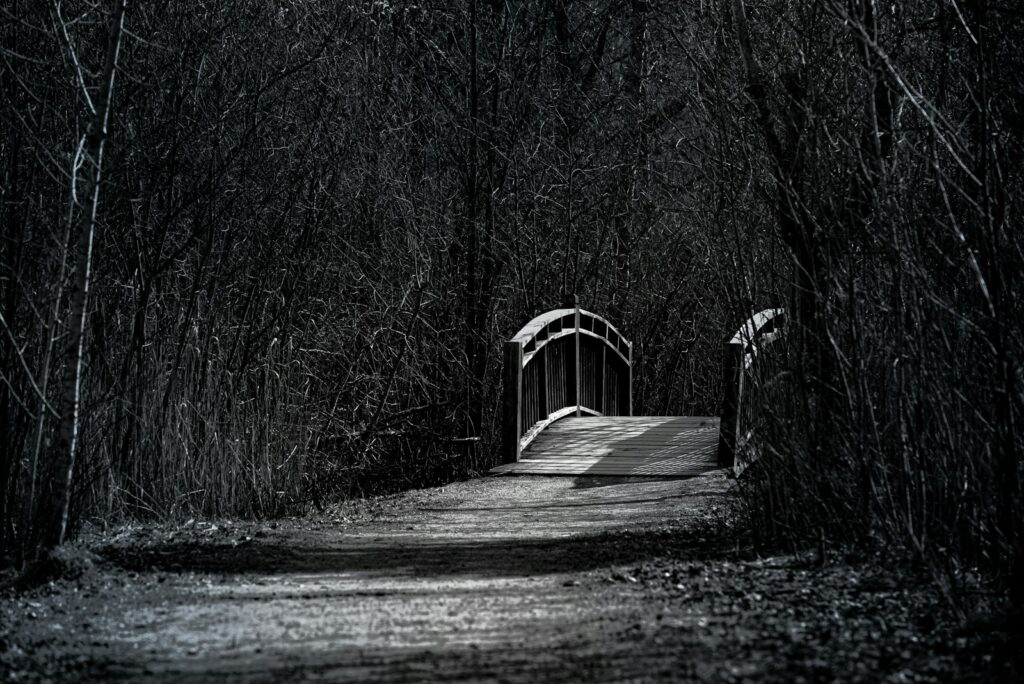
Perhaps the most disturbing legends surrounding national parks involve the so-called “Missing 411” cases, a term coined by former detective David Paulides who has documented hundreds of disappearances in national parks that follow strange patterns. These cases often involve people vanishing in seconds, sometimes while in sight of companions, with search dogs unable to pick up scents and bodies discovered in previously searched areas or in locations physically impossible for the victim to have reached on their own. While skeptics attribute these cases to natural hazards, underestimated wilderness dangers, and the vast scale of the parks, others point to the clusters of disappearances and their bizarre commonalities as evidence of something more sinister. Particularly concerning are cases where young children are found miles from their disappearance point, over terrain they couldn’t have traversed, or where bodies are discovered missing shoes and certain articles of clothing. The National Park Service has been criticized for not maintaining a comprehensive database of people who go missing in parks, leading some conspiracy theorists to suggest a cover-up of whatever force might be responsible for these mysterious vanishings.
The Ghost Lights of Big Bend National Park
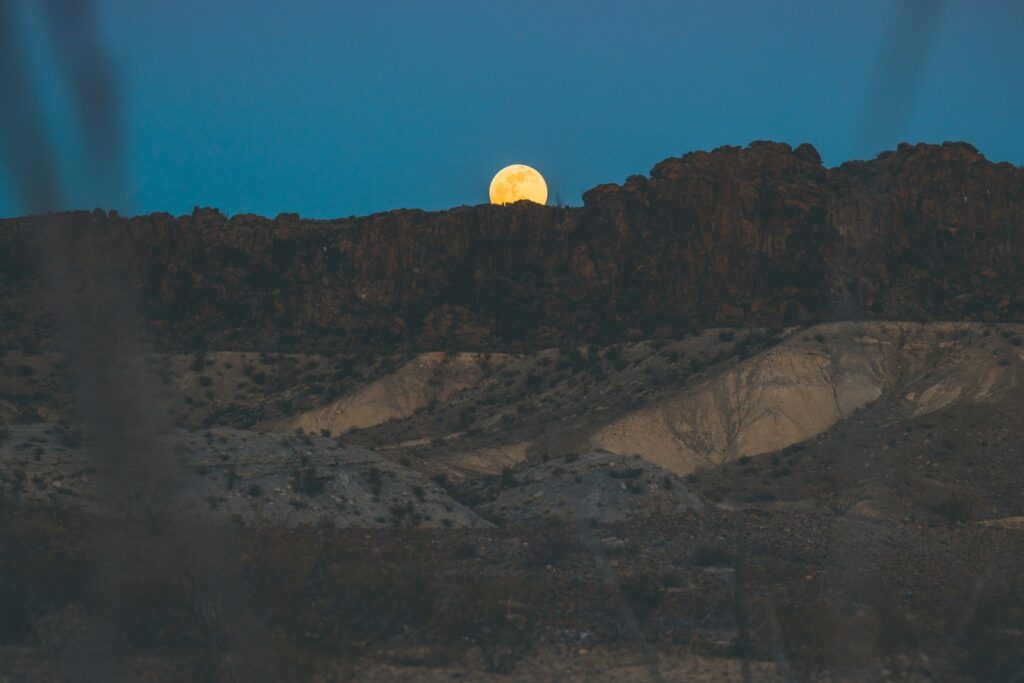
The remote Big Bend National Park in Texas has long been associated with unexplained luminous phenomena known locally as the “Marfa Lights” or “Ghost Lights.” Visitors and rangers alike report seeing mysterious orbs of light hovering above the desert landscape, changing color, splitting apart, merging together, and moving in ways that defy conventional explanation. While scientists have proposed theories involving atmospheric reflections, mirages, or headlights from distant highways, many of the documented sightings occur in conditions and locations that rule out these explanations. Local folklore connects these lights to the spirits of Spanish conquistadors, lost miners, or indigenous shamans performing rituals across the spiritual boundary. The lights have been consistently reported since the first European settlers arrived in the 1800s, with remarkably similar descriptions across generations despite the witnesses having no knowledge of previous accounts. Park rangers have established official viewing platforms where visitors gather at dusk, hoping to witness the phenomenon, making this one of the few “paranormal” attractions officially acknowledged within the National Park System.
The Curse of Death Valley’s Lost Prospectors
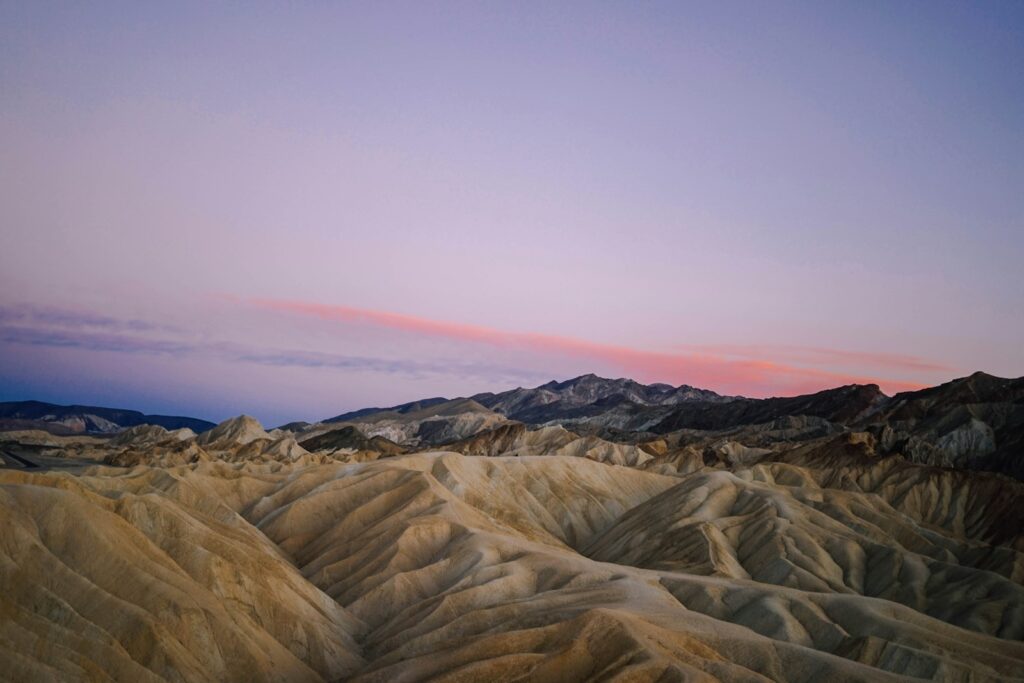
Death Valley National Park, with its extreme temperatures and desolate landscape, has accumulated numerous legends of cursed treasure and vengeful ghosts of prospectors who perished seeking riches. The most famous involves the “Lost Breyfogle Mine,” named after Charles Breyfogle who allegedly discovered an incredibly rich gold deposit but could never relocate it after surviving an attack by indigenous people. Since then, countless prospectors have died trying to rediscover the mine, leading to tales of Breyfogle’s ghost leading treasure hunters astray as revenge for disturbing his final resting place. Park rangers report occasional calls from distressed hikers who claim to have been led off trail by following what appeared to be a fellow hiker dressed in old-fashioned prospector’s clothing. Strangely, some hikers who become lost report hearing the sounds of pickaxes striking stone or men shouting about gold strikes, only to find themselves alone in the vast desert. Death Valley’s extreme conditions can certainly cause hallucinations from heat exhaustion, but the consistency of these reports from different individuals who have no knowledge of the legend raises questions about whether there might be more to these stories than mere desert mirages.
The Wendigo Curse of Glacier National Park
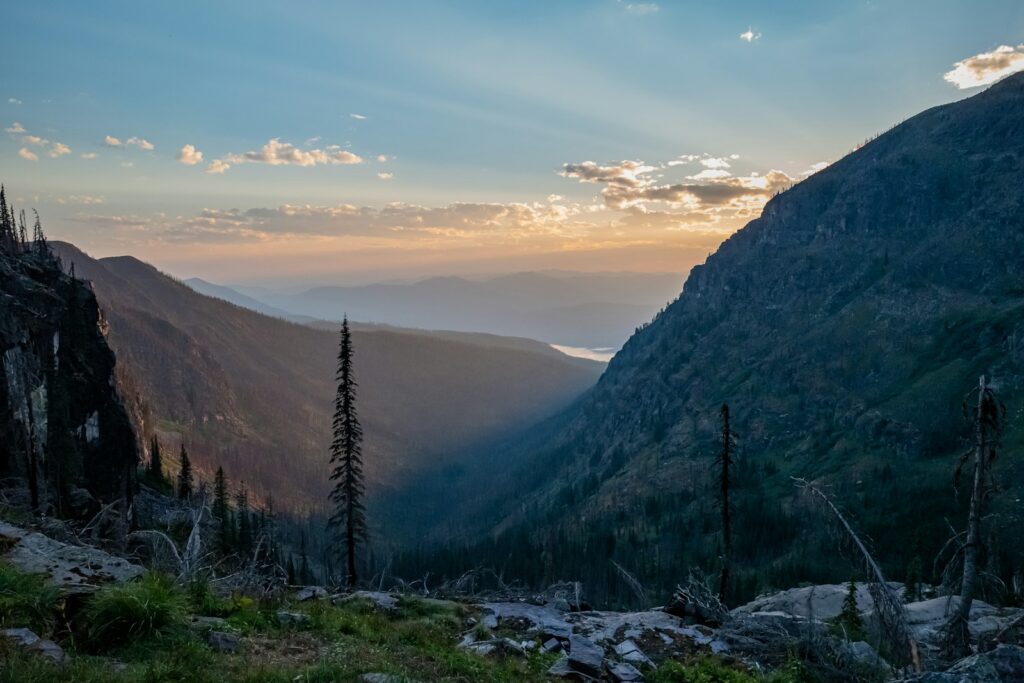
Glacier National Park in Montana sits on lands long inhabited by the Blackfeet Nation, whose folklore includes the terrifying entity known as the Wendigo – a malevolent spirit that possesses humans, creating an insatiable hunger for human flesh. According to indigenous tradition, the Wendigo is most powerful during winter months and is often encountered during snowstorms or extreme cold. Modern hikers in Glacier have reported unnerving experiences of feeling stalked by an unseen presence, particularly in remote regions of the park during inclement weather. Rangers occasionally receive reports of visitors hearing their names called by voices that sound like friends or family members, attempting to lure them off established trails. Those knowledgeable about Blackfeet traditions suggest these could be manifestations of the Wendigo’s legendary ability to mimic human voices. The park’s history includes several cases of missing hikers later found having engaged in unusual behavior before their deaths, with some indigenous elders suggesting these individuals may have fallen under the influence of the Wendigo spirit. While park officials publicly attribute such incidents to hypothermia, which can indeed cause paradoxical undressing and irrational behavior, they remain sensitive to the cultural significance these legends hold for the Blackfeet and other tribes whose ancestral lands encompass the park.
The Phantom Regiment of Gettysburg
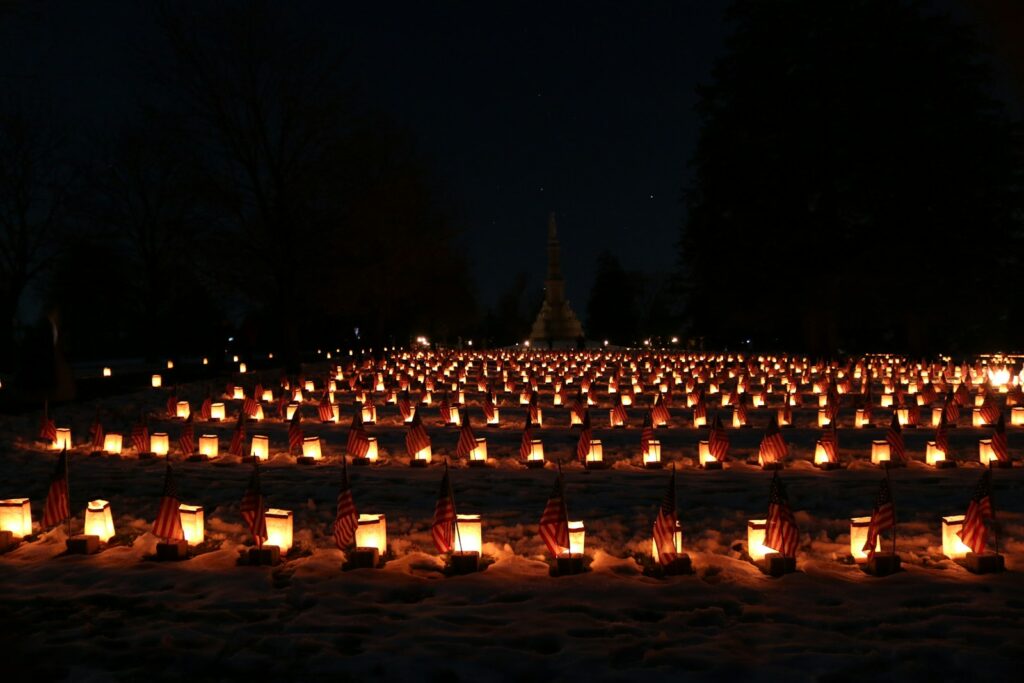
Though primarily known as a historic battlefield rather than a wilderness park, Gettysburg National Military Park represents one of America’s most notoriously haunted locations, with rangers and visitors reporting encounters with spectral soldiers. Park employees have documented hundreds of visitor reports describing formations of translucent soldiers marching in precise military formation, complete with the sounds of drums and fifes playing period music. Photographic evidence occasionally captures unexplained orbs, mists, or even what appear to be period-dressed figures that weren’t visible to the photographer at the time the picture was taken. Most chilling are the reports from maintenance workers and rangers who, while alone in the park after hours, have heard the unmistakable sounds of battle – cannon fire, musket volleys, and the screams of wounded men – emanating from empty fields. Paranormal researchers attribute this activity to the extreme trauma experienced by the thousands who died during the three-day battle, suggesting that the intensity of emotion and violence created a psychic imprint that continues to replay like a supernatural recording. Park rangers, while professionally neutral on paranormal claims, acknowledge that even the most skeptical among their ranks have experienced unexplained phenomena while working at Gettysburg.
The Haunted Lighthouse of Acadia National Park
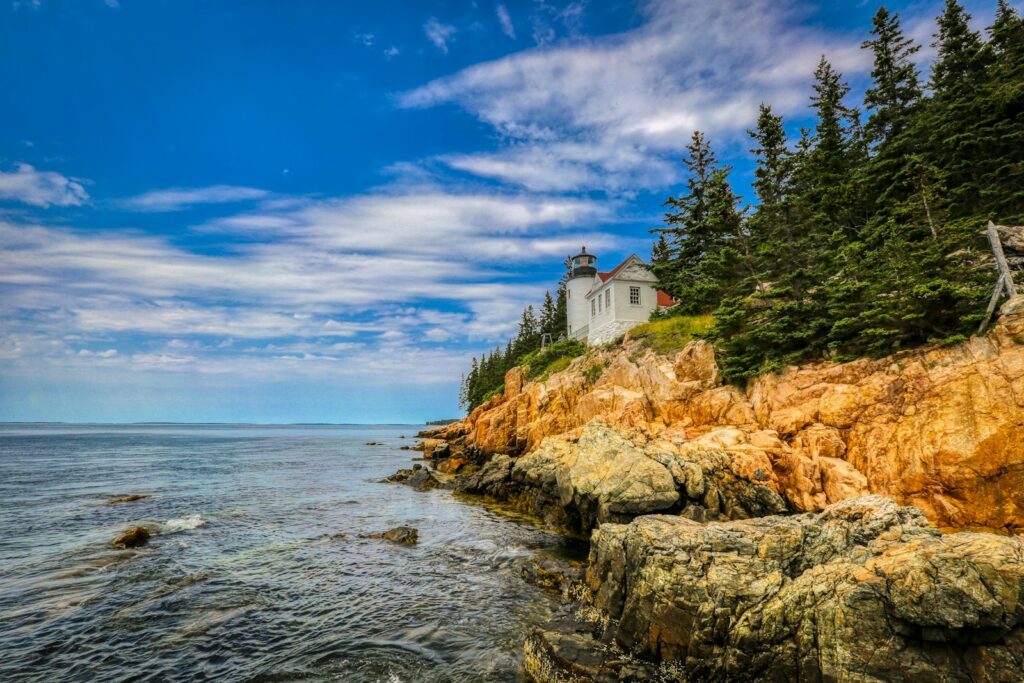
Acadia National Park’s Bass Harbor Head Lighthouse has generated numerous reports of paranormal activity connected to the lighthouse keepers who once maintained this critical navigational aid. Visitors and park employees report hearing phantom footsteps climbing the spiral staircase and witnessing the figure of a man in period keeper’s uniform gazing out toward the sea, particularly during storms. According to local history, one dedicated keeper remained at his post during a particularly violent nineteenth-century hurricane despite being gravely ill, saving many ships from disaster before succumbing to his illness. Since then, his apparition has been reported maintaining his eternal watch, particularly when weather conditions threaten maritime safety. The lighthouse, now automated, still occasionally generates reports from visitors who encounter a helpful “park employee” inside who provides detailed historical information before disappearing – only for these tourists to later discover no staff were assigned to the lighthouse that day. Park rangers acknowledge the persistence of these stories, noting that numerous lighthouses along the Atlantic coast share similar legends reflecting the isolation and dedication required of those who once manned these crucial beacons.
The Skinwalker Legends of Canyon de Chelly
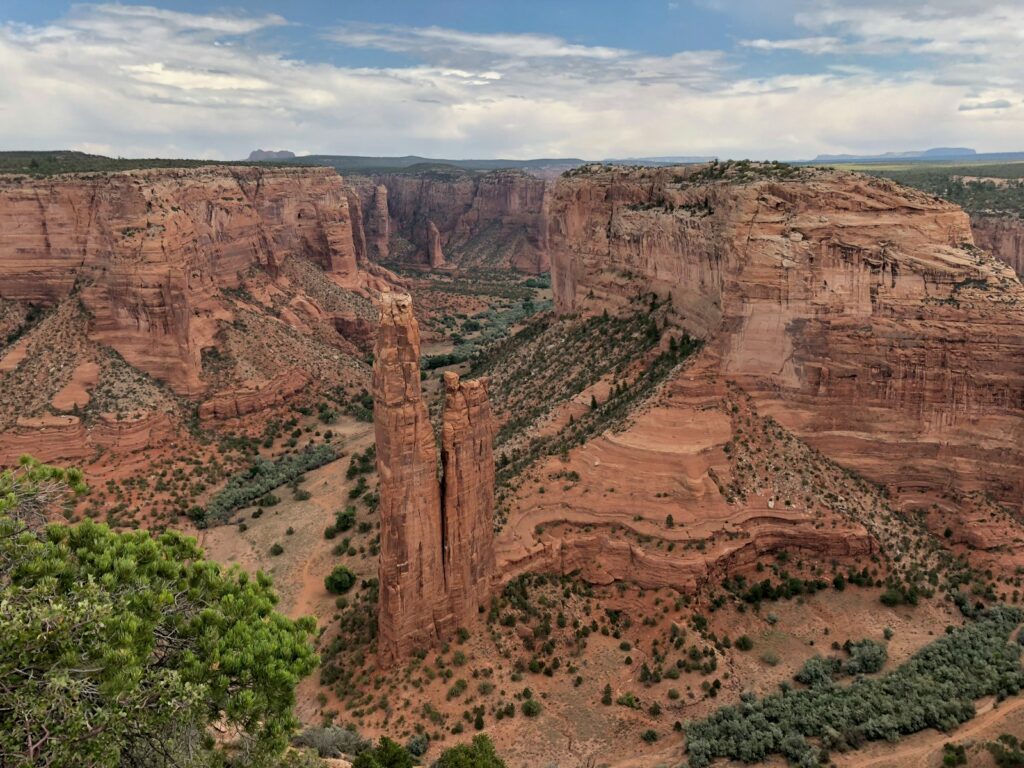
Canyon de Chelly National Monument in Arizona, situated entirely on Navajo Nation land, carries some of the most feared supernatural legends in the park system connected to the Navajo concept of “skinwalkers” – witches who can transform into animals and bring harm to those who encounter them. These beings are so feared in Navajo culture that many tribal members refuse to discuss them with outsiders, believing that merely speaking of skinwalkers can attract their attention. Park rangers who work closely with Navajo staff report that certain areas of the canyon are considered spiritually dangerous, with indigenous colleagues refusing to visit these locations, particularly after sunset. Non-Navajo visitors occasionally report encounters with animals exhibiting unusual behavior – coyotes or wolves that walk on hind legs, follow hikers for miles, or seem to attempt communication. While wildlife biologists attribute such reports to misinterpreted animal behavior, the Navajo staff take these encounters seriously as potential skinwalker manifestations. The park service respects these beliefs by incorporating Navajo perspectives in ranger training, including guidance on how to acknowledge these traditions respectfully when visitors inquire about the more mysterious aspects of the canyon’s cultural landscape.
The Possessed Bridge of Mammoth Cave National Park
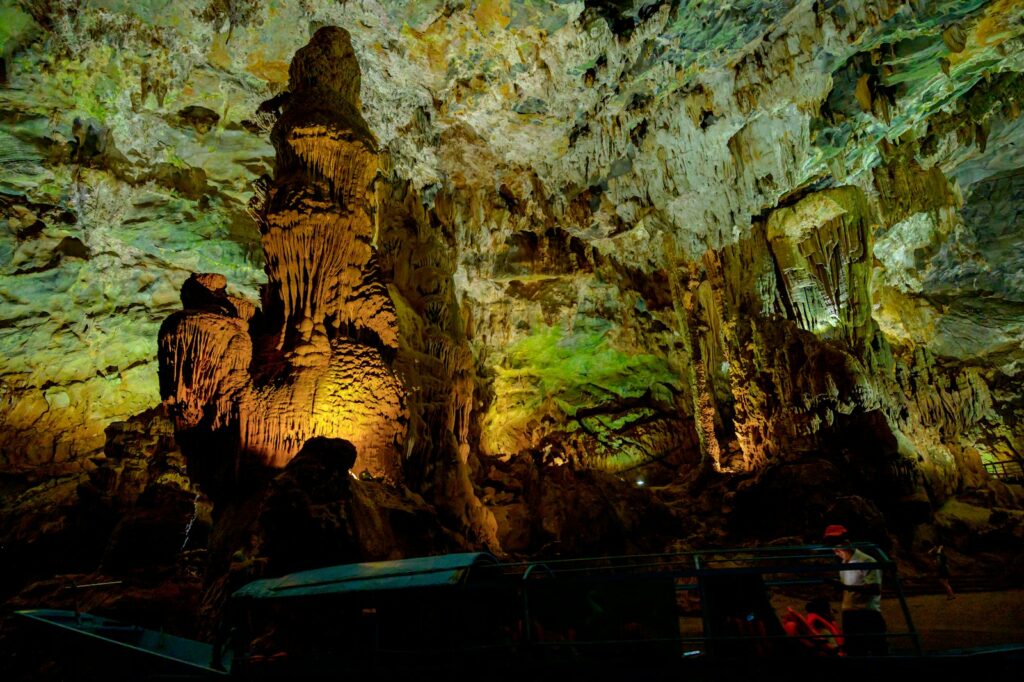
Mammoth Cave National Park in Kentucky, home to the world’s longest known cave system, harbors numerous legends, but none as persistent as the haunting of Gothic Avenue and its mysterious “Haunted Bridge.” This natural stone formation, resembling a small bridge, has generated countless reports of visitors experiencing sudden overwhelming emotions – particularly feelings of dread, sadness, or inexplicable fear – when crossing it. Park guides report that even skeptical visitors who are unaware of the bridge’s reputation often hesitate or comment on strange sensations when approaching it. According to local lore, the bridge served as the site of a tragic suicide during the early days of cave exploration, when a guide overcome by the claustrophobic darkness took his own life at this location. Electronic equipment, including cameras and audio recorders, reportedly malfunction with unusual frequency near the formation, with batteries draining and devices shutting down unexpectedly. Perhaps most compelling are the numerous independent reports of visitors seeing a lantern light moving along the passageway when no other tours are present, accompanied by the sound of footsteps echoing through the cave chambers despite no visible source.
The Crying Woman of Grand Canyon
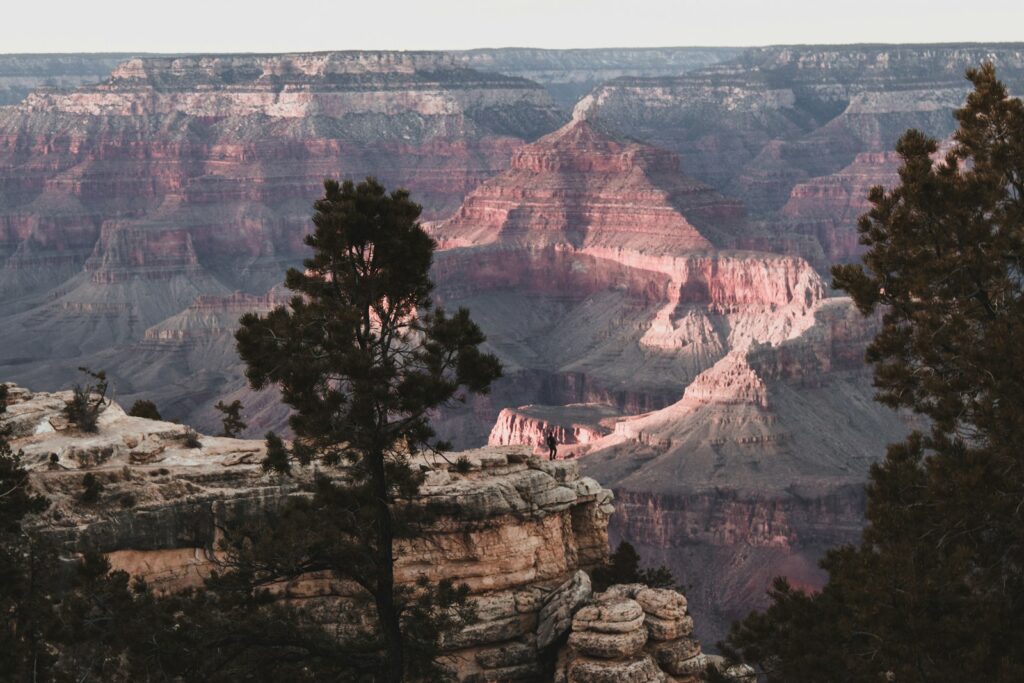
The Grand Canyon’s breathtaking vistas have inspired awe for centuries, but they’ve also given rise to the legend of “La Llorona” or “The Weeping Woman,” a spectral figure reported along the canyon’s rim, particularly near areas where the Colorado River is visible far below. According to park lore, she represents the spirit of a despondent indigenous woman who, after being abandoned by her lover, threw her children into the canyon before leaping to her own death. Hikers on remote trails report hearing a woman’s sobbing that seems to come from everywhere and nowhere simultaneously, while others claim to have encountered a distraught Native American woman asking if they’ve seen her children before vanishing when approached. Rangers working night shifts occasionally report seeing a female figure in white standing at precarious points along the rim, only to disappear when they move to intervene. The legend bears similarities to Hispanic folklore about La Llorona, but the Grand Canyon variant has distinctive elements that appear influenced by local indigenous traditions, suggesting how supernatural beliefs can cross cultural boundaries and adapt to specific locations. Park officials note that the acoustics of the canyon can create unusual sound effects, with winds sometimes generating wailing noises that might explain some reports, while acknowledging that the power and danger of the landscape naturally inspires profound emotional and psychological responses.
The Guardian Spirits of Mount Rainier
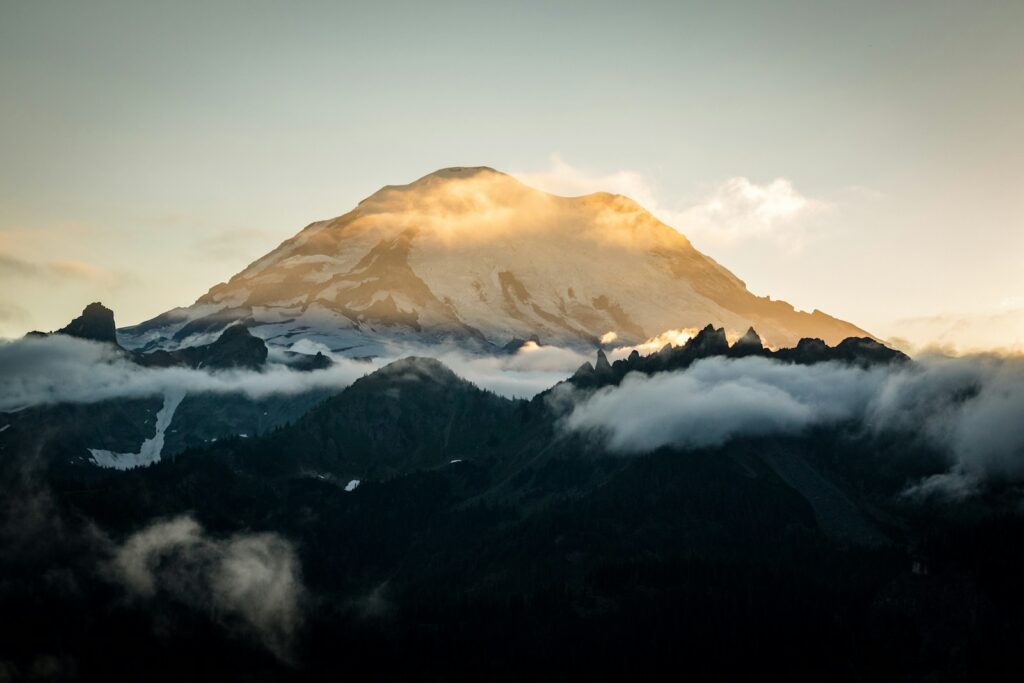
Mount Rainier National Park in Washington state has accumulated numerous legends regarding supernatural guardians believed to protect the mountain, which indigenous Salishan peoples consider sacred. Climbers and hikers report encounters with what they describe as benevolent spirits that seem to guide lost individuals to safety during sudden weather changes or when straying from trails. These manifestations often take the form of anomalous lights that appear to respond intelligently to human distress or apparitions of previous climbers who perished on the mountain. Park search and rescue teams have documented multiple cases where lost hikers report being led back to trails by what they believed was another hiker who mysteriously disappeared once they reached safety. Particularly notable are accounts from experienced mountaineers who describe being physically prevented from continuing on routes that later proved to have hidden crevasses or avalanche conditions. Native elders from tribes surrounding the mountain maintain that these are manifestations of ancestor spirits who continue to protect both the sacred mountain and those who visit it respectfully. Unlike many park legends that inspire fear, the Mount Rainier guardian spirits are generally regarded positively, with many climbers leaving small offerings at certain locations as a sign of respect for what they perceive as a protective presence on the mountain.
The Truth Behind National Park Legends
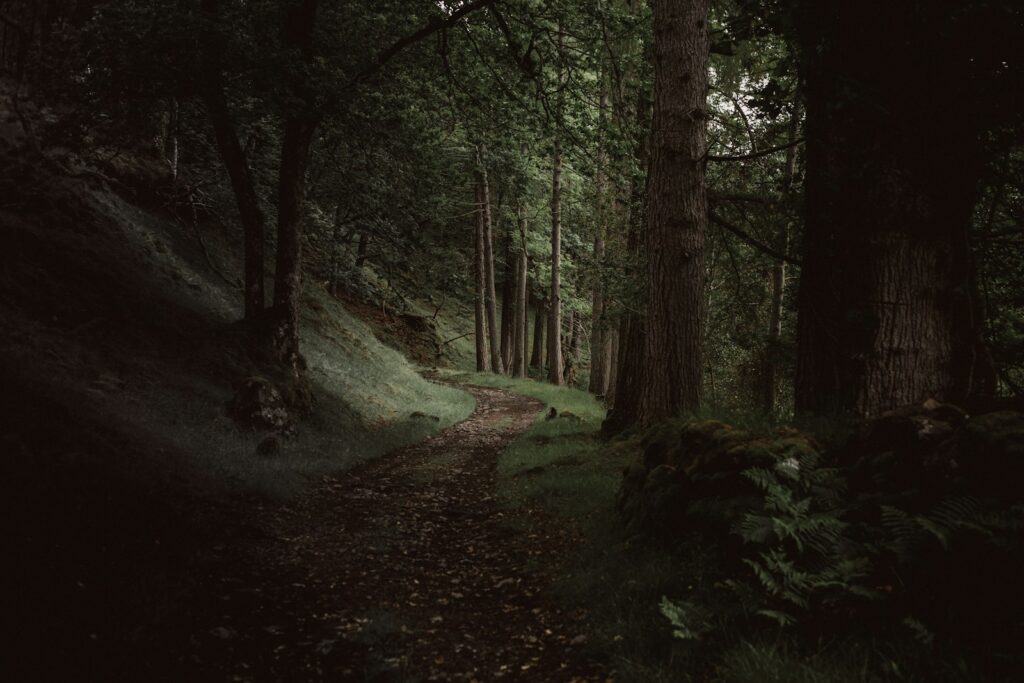
While these legends persist and continue to fascinate visitors, park historians and rangers offer more nuanced perspectives on their origins and persistence. Many legends contain kernels of historical truth that have been embellished over generations, reflecting actual tragedies, cultural conflicts, or unusual natural phenomena interpreted through supernatural frameworks. Psychologists note that wilderness settings naturally evoke powerful psychological responses – the immensity of these landscapes can trigger feelings of awe and insignificance that make people more receptive to supernatural interpretations of ambiguous experiences. Environmental factors also play significant roles in many reported phenomena – unusual acoustics in canyons creating disembodied voices, temperature inversions producing light anomalies, or extreme conditions causing sensory distortions and even hallucinations. National Park Service policy generally avoids official stances on supernatural claims while respecting their

